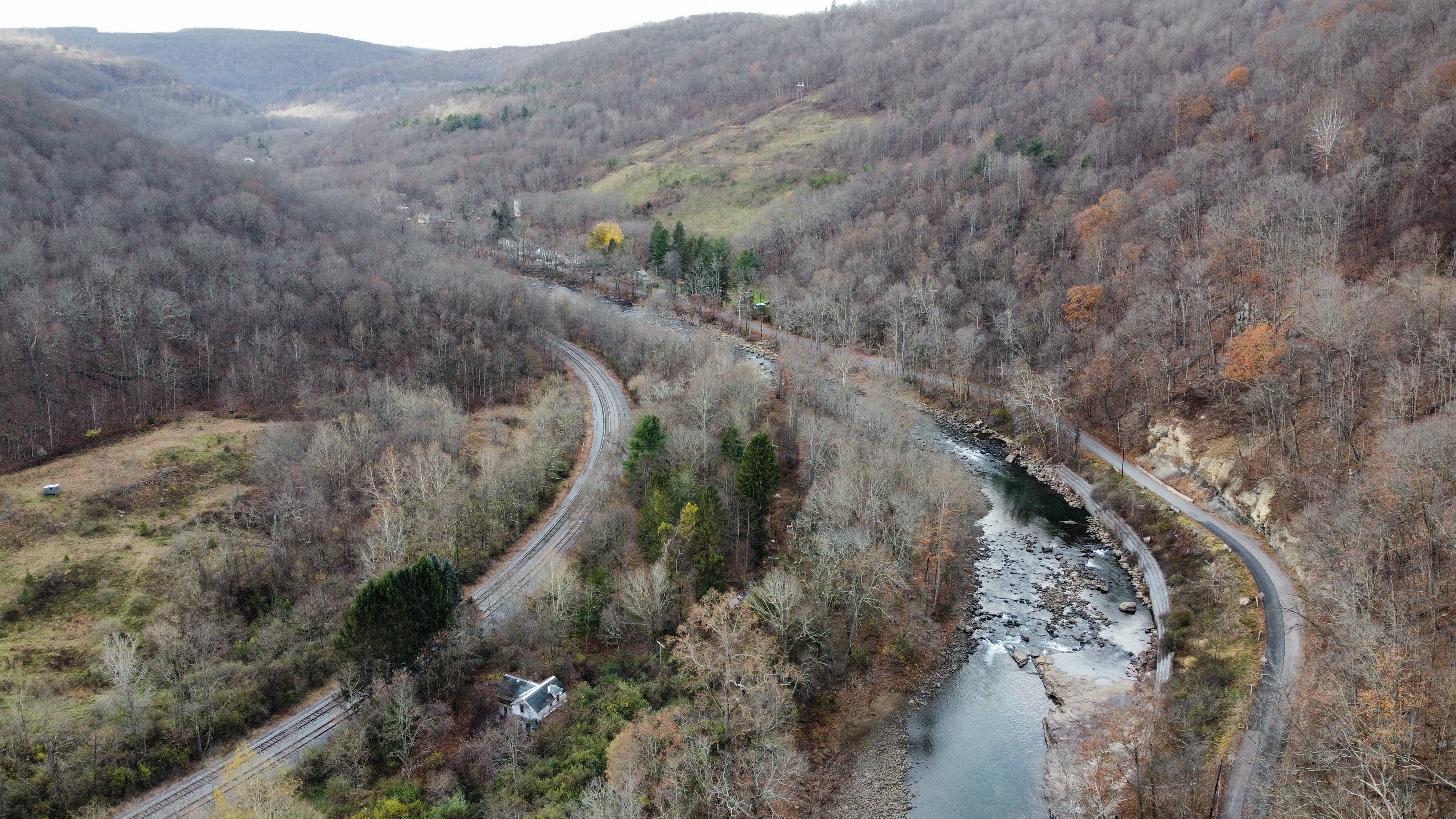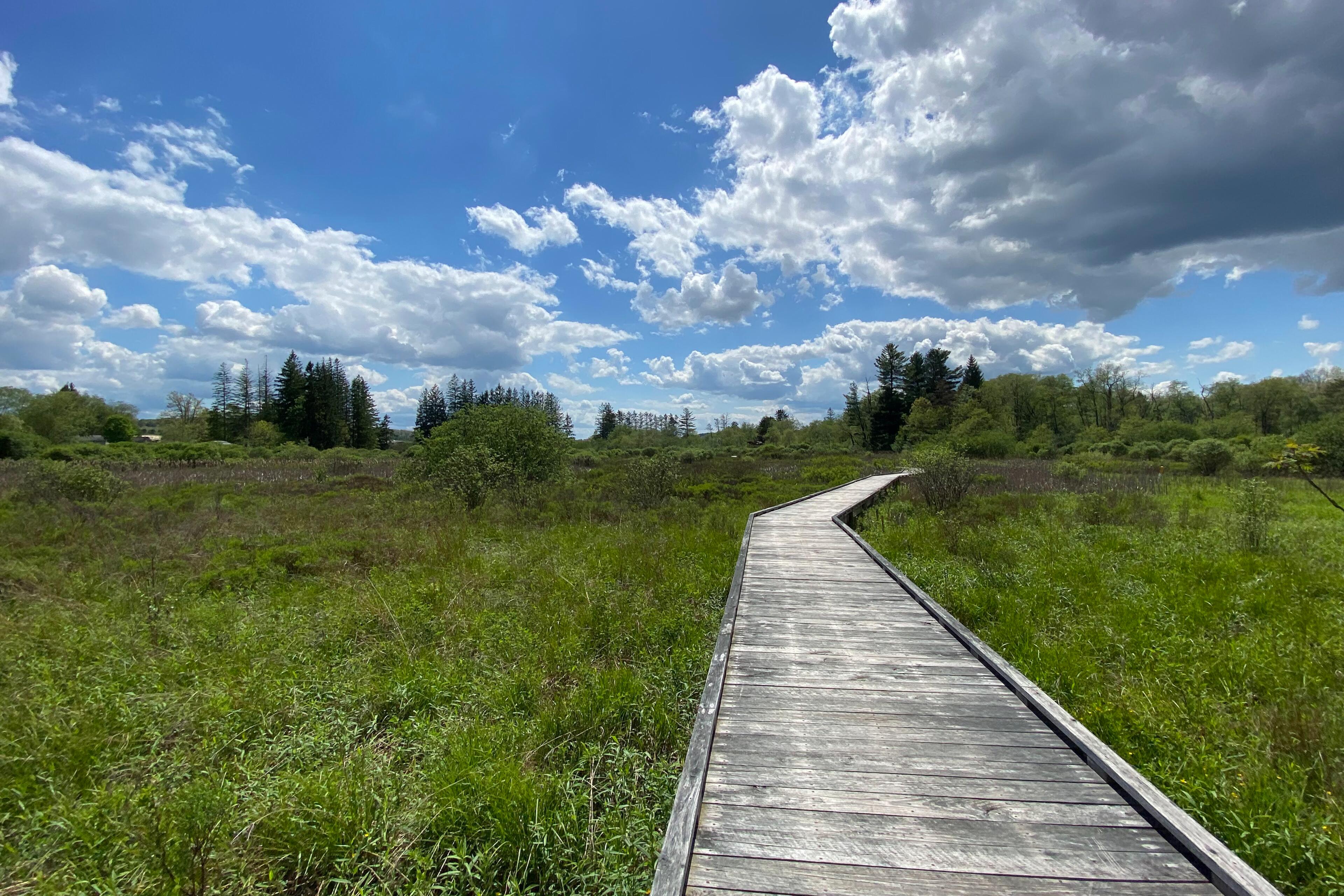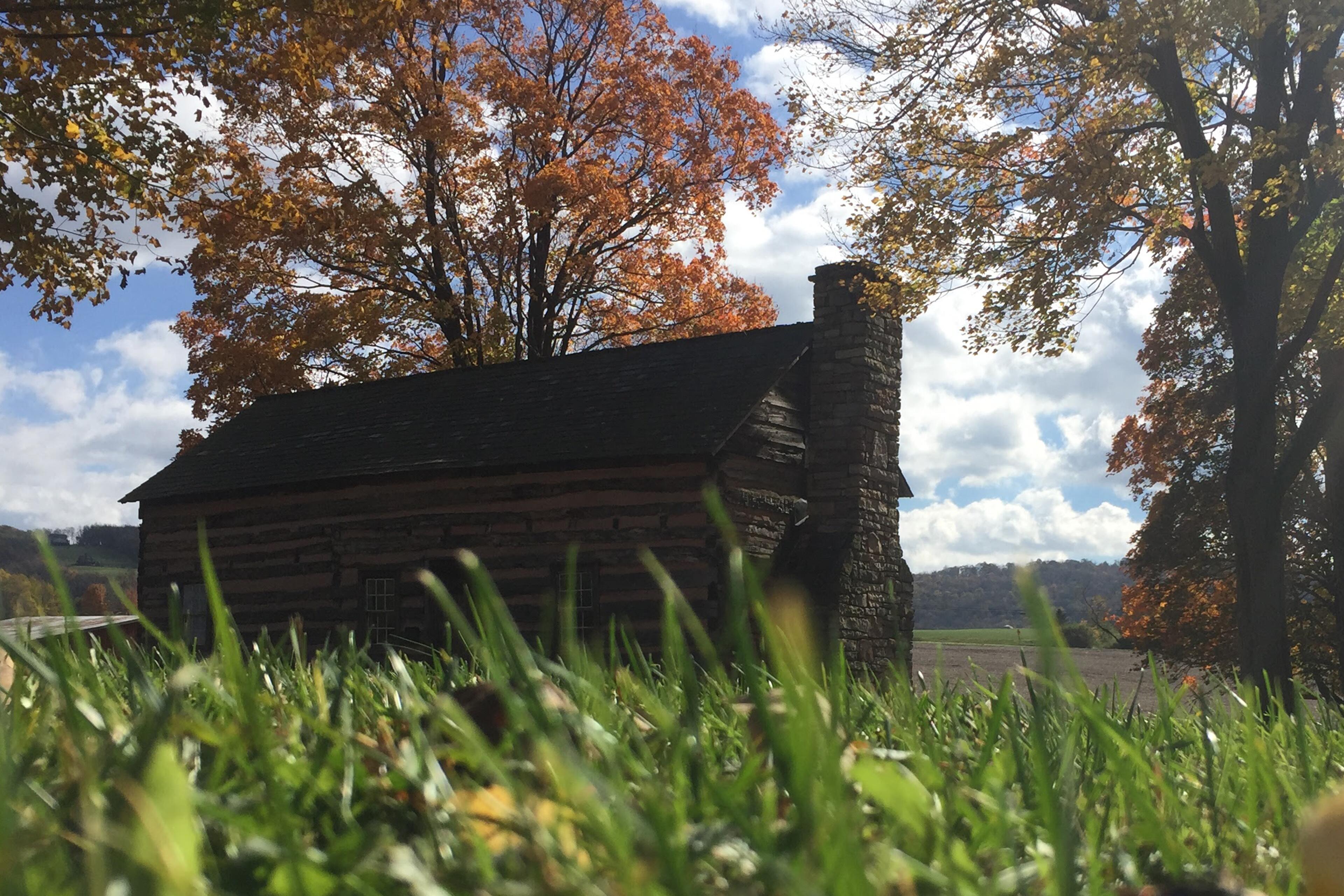Tips from Garrett County Emergency Services to prepare for winter storms.
Did you know?
Winter storms may include blizzards and can bring extreme cold, freezing rain, snow, ice and high winds. Winter storms create a higher risk of car accidents, hypothermia, frostbite, carbon monoxide poisoning, and heart attacks from overexertion.
A winter storm can last a few hours or several days, cut off heat, power, and communication services, and put older adults, children, and sick individuals at greater risk.
BEFORE a Winter Storm
Sign up for Garrett County's Citizen Connect alert system.
-Gather supplies in case you need to stay home for several days without power.
-Pay attention to weather reports and warnings of freezing weather and winter storms.
-Service snow removal equipment and have rock salt on hand to melt ice on walkways and kitty litter to generate temporary traction
-Make sure you have sufficient heating fuel; regular fuel sources may be cut off.
-Install and test smoke alarms and carbon monoxide detectors with battery backups.
Winterize your home:
-Insulate walls and attic
-Caulk and weather strip doors and windows.
-Install storm windows or cover windows with plastic from the inside.
Have safe emergency heating equipment available:
-Fireplace with ample supply of wood.
-Small, well-vented wood, coal or camp stove with fuel.
-Portable space heaters or kerosene heaters.
Keep pipes from freezing:
-Wrap pipes in insulation of layers of old newspaper
-Cover the newspapers with plastic to keep out moisture.
-Let faucets drip a little to avoid freezing.
-Know how to shut off water valves.
Have winter emergency supplies on hand:
-Flashlights and extra batteries
-Portable battery-operated radio and extra batteries
-First aid kit
-One week's supply of food (include items that do not require refrigeration or cooking in case the power is shut off)
-Portable can opener
-One week's supply of essential prescription medications.
-Extra blankets and sleeping bags.
-Fire extinguisher (A-B-C type)
-Keep medications on hand
-Remember your pets' needs
Create an emergency kit for your car:
Keep the gas tank full and include:
-jumper cables
-sand
-a flashlight
-warm clothes
-blankets
-bottled water
-non-perishable snacks
DURING a Winter Storm
If Indoors:
-Stay indoors and dress warmly
Conserve Fuel:
-Lower the thermostat to 65 degrees during the day and 55 degrees at nigh.
-Close off unused rooms.
-If the pipes freeze, remove any insulation or layers of newspapers and wrap pipes in rags.
-Completely open all faucets and pour hot water over the pipes, starting where they were most exposed to the cold (or were the cold was most likely penetrate).
-Listen to the radio or television or social media to get the latest storm information.
If Outdoors:
-Dress warmly
-Wear loose-fitting, layered, lightweight clothing. Layers can be removed to prevent perspiration and chill. Outer garments should be tightly woven and water-repellent. Mittens are warmer than gloves because fingers generate warmth when they touch each other.
Cover your mouth:
-Protect your lungs from extremely cold air by covering your mouth when outdoors. Try not to speak unless absolutely necessary.
Avoid overexertion:
-Cold weather puts an added strain on the heart. Unaccustomed exercise such as shoveling snow or pushing a car can bring on a heart attack or make other medical conditions worse.
Keep dry:
-Change wet clothing frequently to prevent loss of body heat. Wet clothing loses all of its insulating value and transmits heat rapidly.
This information is courtesy of FEMA (Federal Emergency Management Agency)
WATCH FOR SIGNS OF FROSTBITE AND HYPOTHERMIA
Learn the signs of and basic treatments for frostbite and hypothermia. For more information, visit: www.cdc.gov/disasters/winter/staysafe/index.html




